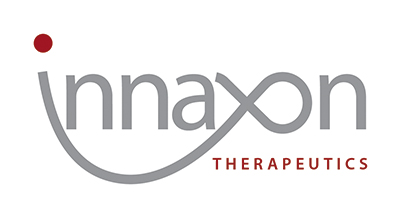2023 A small-molecule TLR4 antagonist reduced neuroinflammation in female E4FAD mice
A small-molecule TLR4 antagonist reduced neuroinflammation in female E4FAD mice
Deebika Balu, Ana C. Valencia-Olvera, Austin Nguyen, Mehul Patnam, Jason York, Francesco Peri, Frank Neumann, Mary Jo LaDu & Leon M. Tai
Abstract
Background
APOE genotype is the greatest genetic risk factor for sporadic Alzheimer’s disease (AD). APOE4 increases AD risk up to 12-fold compared to APOE3, an effect that is greater in females. Evidence suggests that one-way APOE could modulate AD risk and progression through neuroinflammation. Indeed, APOE4 is associated with higher glial activation and cytokine levels in AD patients and mice. Therefore, identifying pathways that contribute to APOE4-associated neuroinflammation is an important approach for understanding and treating AD. Human and in vivo evidence suggests that TLR4, one of the key receptors involved in the innate immune system, could be involved in APOE-modulated neuroinflammation. Consistent with that idea, we previously demonstrated that the TLR4 antagonist IAXO-101 can reduce LPS- and Aβ-induced cytokine secretion in APOE4 glial cultures. Therefore, the goal of this study was to advance these findings and determine whether IAXO-101 can modulate neuroinflammation, Aβ pathology, and behavior in mice that express APOE4.
Methods
We used mice that express five familial AD mutations and human APOE3 (E3FAD) or APOE4 (E4FAD). Female and male E4FAD mice and female E3FAD mice were treated with vehicle or IAXO-101 in two treatment paradigms: prevention from 4 to 6 months of age or reversal from 6 to 7 months of age. Learning and memory were assessed by modified Morris water maze. Aβ deposition, fibrillar amyloid deposition, astrogliosis, and microgliosis were assessed by immunohistochemistry. Soluble levels of Aβ and apoE, insoluble levels of apoE and Aβ, and IL-1β were measured by ELISA.
Results
IAXO-101 treatment resulted in lower Iba-1 coverage, lower number of reactive microglia, and improved memory in female E4FAD mice in both prevention and reversal paradigms. IAXO-101-treated male E4FAD mice also had lower Iba-1 coverage and reactivity in the RVS paradigm, but there was no effect on behavior. There was also no effect of IAXO-101 treatment on neuroinflammation and behavior in female E3FAD mice.
Conclusion
Our data supports that TLR4 is a potential mechanistic therapeutic target for modulating neuroinflammation and cognition in APOE4 females.
